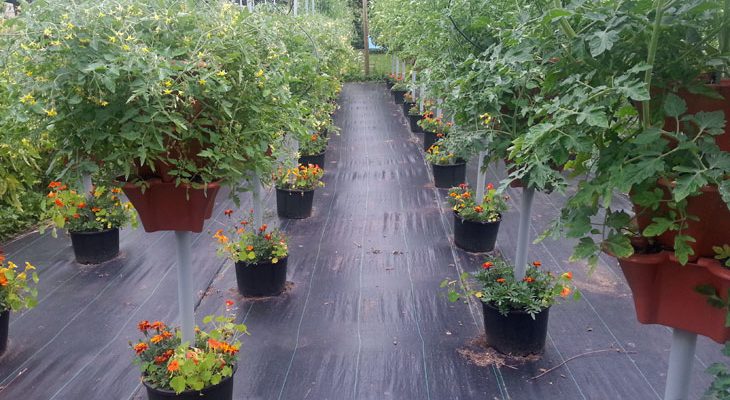One of the great benefits of hydroponic food production is that we can start with the ideal system that suits our needs and expand or contract its size very easily.
For example, we could begin producing hydroponic food is a small, easy to maintain tier of stacked pots that are drip fed via a pump located in the bottom of a bucket.
Afterwards, one we have somewhat mastered the single tier, we could just add as many as we want afterwards. In most cases, we just extend in the header line and use a larger pump and/or reservoir when required.

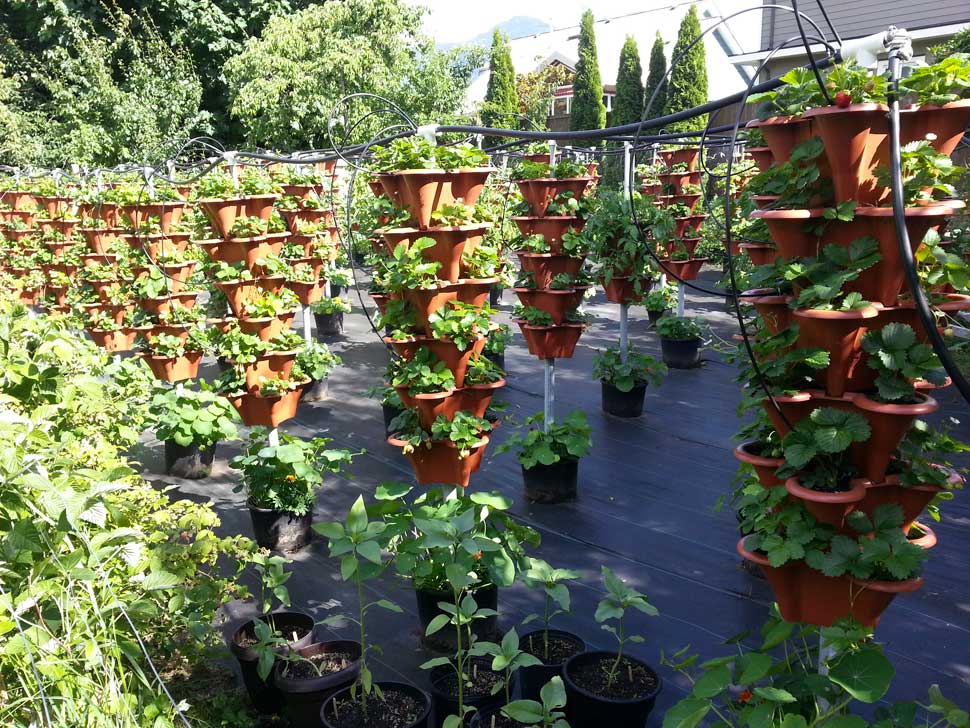
As we venture into the unknown plant paradise we do face the challenges of insects, birds and other prey, in addition to attempting to minimize all costs.
The above obstacles can sort of easily be handled if we have a real ‘do it yourself’ mentality. In other words, we can buy bulk seeds, make our own fertilizer and blend our own growing mixes for seedlings and older plants.
Here is some plain out math regarding what we can achieve. $150 worth of seeds can produce over 5000 plants. Most of these plants are specialty and top quality, thus, they can easily fetch $2 a piece or more per plant. For example, a top quality, specialty bell pepper plant can easily cost $5.
So, let’s take a couple of looks at plant seeds vs plant costs. A 2.5 month old specialty bell pepper plant can cost $5 whereas as 25 seeds cost around $8, thus cost per seed with 95% germination $0.30 per plant while 50% germination is double that at $.60 per plant. This comes to a 10-20 fold difference.
Another example are Early Girl Tomatoes. We can buy 355 seeds for under $30. Thus, under $.10 per plant with the usual 95% germination rate. We could get lucky and and find them for $2 per plant in mini cells or $5 per plant in 3.5-inch pots. Again up to 20 fold here too.
Comparatively speaking, lettuce seeds are almost free as they can be purchased well under 1 cent each.
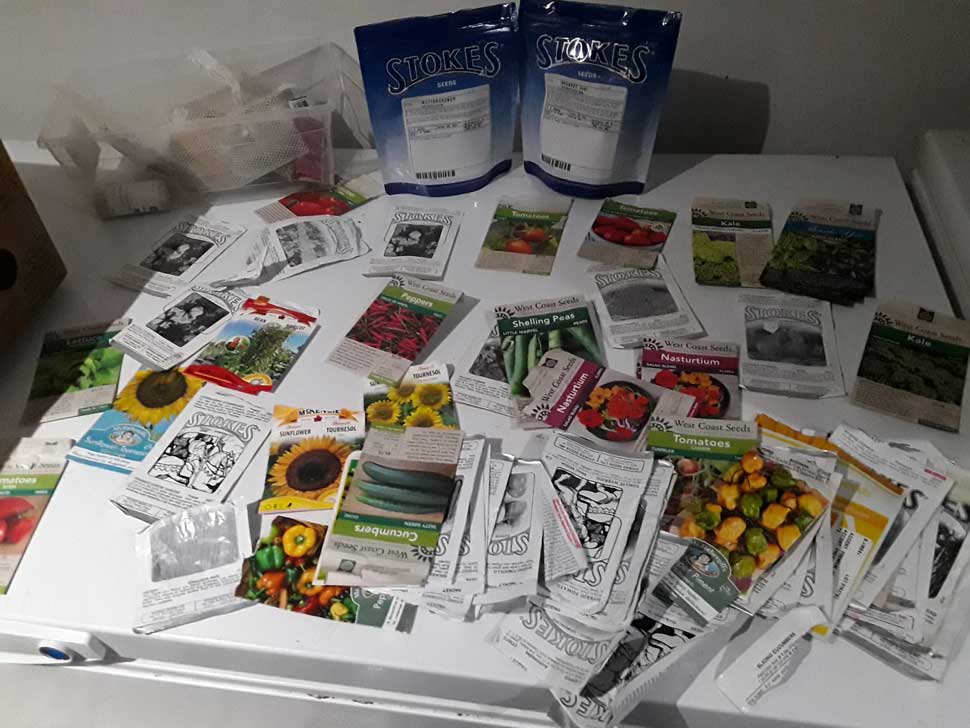
If we do go the seed starter route, we can use led light tiers(low electricity), heat pads and timer.
The costs to grow such plants is not that much. In fact, 1 bale of peat moss and a small bag of vermiculite(or free river sand) can cost under $20 and that can grow thousands of seedlings in 72-cell flats.
Meanwhile, from an electrical standpoint, 4, 13 watt led tubes will consume 54 watts. At today’s roughly cost at 8.29 cents/kilowatt hour that comes to (54/1000)x18x30=$29.16 per month. This light usage can be used to grow 288 plants in 4, 72-cell flats. The cost here is around $0.10 per plant. At 4 weeks, many can be moved outdoors where the sunlight cost is free.
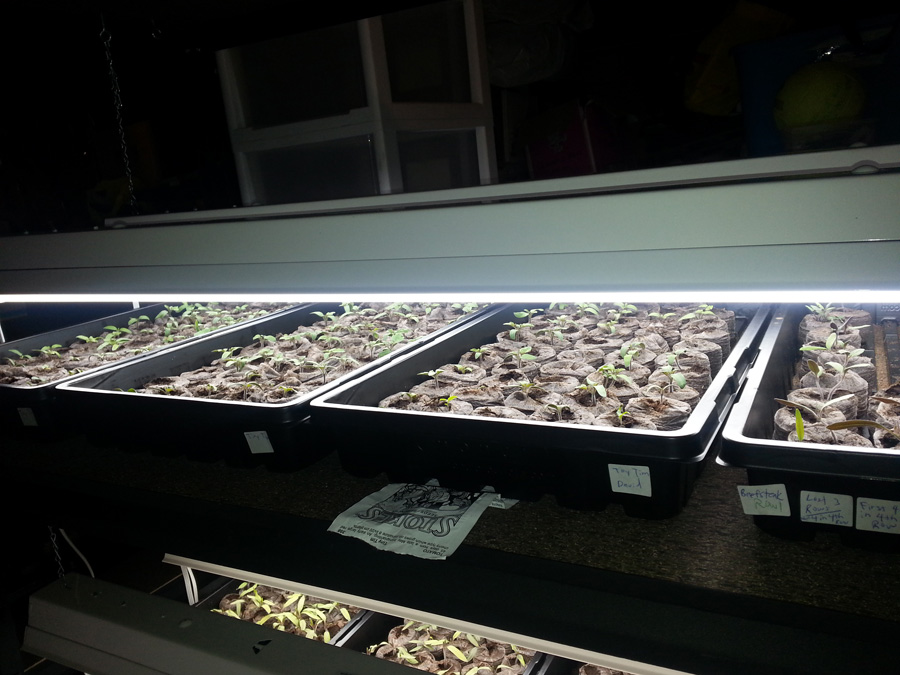
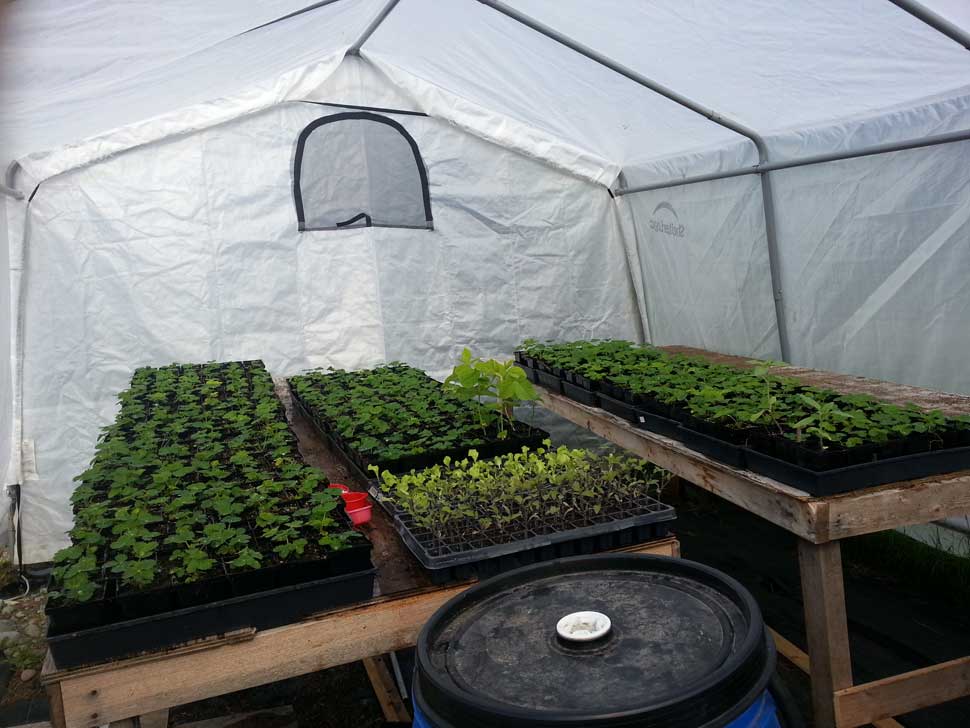
One more cost factor that has not been accounted for is fertilizer. But, since seedlings do not need any for the first two weeks and only very mild doses until they are over 8 weeks old, this cost is almost non-existent. In fact, we could start thousands of seedlings for under $1 of plant food, which is not even worth adding to the cost equation.
Costs of Hydroponic Food Production
Once the plants have reached the stage where they can be transplanted into our hydroponic system, there are depreciating items like pumps, the odd dripper replacements, etc. But, it is safe to say that comes to under $20/year for a larger garden.
As far as most hydroponic farmers are concerned, fertilizer and labor are the big ones. For the do-it-yourselfer, we can eliminate labor costs and keep it simple.
As far as plant food is concerned, this is the real big one. From our experience, we can grow over 2500 plants which includes multiple varieties of strawberries, tomatoes, cucumbers, peppers, lettuce and tomatillos for under $100 a year.
From the micro, hobby hydroponic farmers we are, we can grow the food even more than 20 fold what it costs to buy it, even based on conventional produce. Since it is pesticide-free, hydroponic produce which can be found in the finest restaurants, the actual fold to buy this quality is much greater.
It took years to get the plant food right, as we are calling it a family recipe that started in 2005, and somewhat perfected in 2018(even though we believe nothing is perfect).
We do not see any reason to change it now since it seems to work great with all fruits and veggies we grow; including the tests of the final product which exhibit clean food.
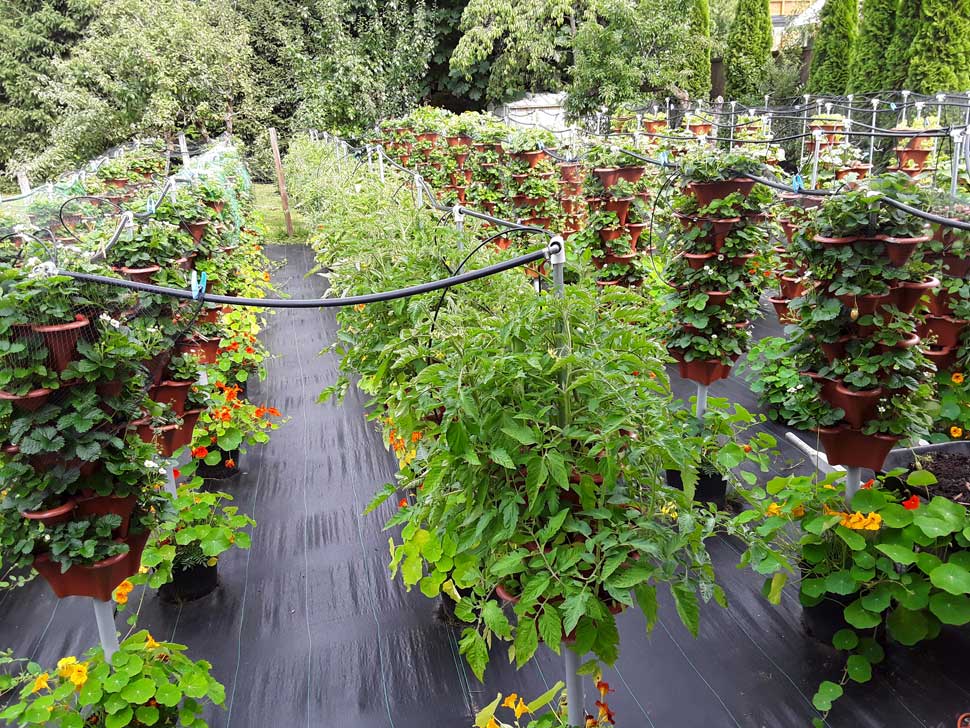
Conclusion To Producing Hydroponic Food
Hydroponic Food Production is enjoyable, good for the soul and healthy for the body. When we take into account how much we can save in the process, we can conclude that the investment into an expandable hydroponic farm is worth every penny, which easily explains why the movement is gaining momentum.
The only downside to all this talk thus far is that it can be a little costly to get started compared to dirt growing. However, a small investment can allow a typical person to grow fresh food all season long and have excess to freeze or dehydrate.
Again, the cost/benefit rate of going this route is many fold over which explains why these methodologies are on the rise vs on the decline.


